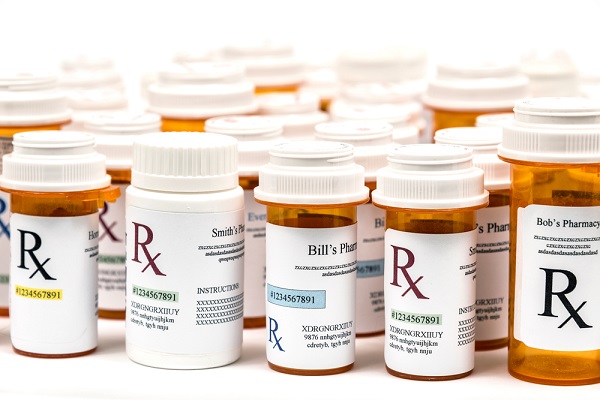 Using a scoring system could allow health systems and pharmacies to identify a range of manufacturers who can meet their supply needs, potentially at a lower cost. (Photo: Shutterstock)
Using a scoring system could allow health systems and pharmacies to identify a range of manufacturers who can meet their supply needs, potentially at a lower cost. (Photo: Shutterstock)
How effective is that generic drug you just picked up from the pharmacy? The regulations governing the approval of bo-similars has led to a perception that all generic drugs are created equal, when, in fact, that's not necessarily the case. Generic drugs are increasingly being manufactured overseas, where oversight and regulations are much more lax.
Pointing to a long list of drug quality issues that includes contamination of critical blood pressure medications, heartburn medications and diabetes medications with carcinogens (have you gotten around to throwing out that bottle of Zantac yet?), a group of pharmacists is calling for the creation of a quality score system.
Related: Overall costs for generic drugs decline, but consumers not seeing the savings
"Not only do drug quality issues place patients' lives at risk, they also account for over 60% of drug shortages and generate fear and mistrust that is an important cause of medication non-adherence," they write in a recent paper. Consumers who are given a drug of the wrong dose or one that does not work as intended risk serious health consequences.
In recognizing the need for greater transparency, the FDA has encouraged a voluntary rating system for drug manufacturers, and the pharmacists, in their paper, outline what such a system should include. Their system would use evidence-based criteria to score drugs on a scale of 0 to 100, with 100 being the expected "default" or standard based on the FDA's approved "Current Good Manufacturing Practices."
"The intended use of the proposed quality scores system in an established healthcare system would be to inform and enable pharmacy procurement teams so that decision trees could be enacted," the pharmacists write. Higher quality drugs would be categorized as "green" and would be the first choice for use. Mid-level, or "yellow" products should be considered if the price difference compared to a "green" alternative is significant, and "red" should be avoided at all costs.
Using such a method could allow health systems and pharmacies to identify a range of manufacturers who can meet their supply needs, potentially at a lower cost. Having a list of high-quality alternatives can also alleviate drug shortages, the authors note.
"Even if a health system is unable or uninterested to add any additional purchasing cost or add any potential drug shortage burden, it is highly likely that the use of the proposed quality score system will provide a significant benefit in avoiding low-quality drug products," the authors add.
Read more:
© Touchpoint Markets, All Rights Reserved. Request academic re-use from www.copyright.com. All other uses, submit a request to [email protected]. For more inforrmation visit Asset & Logo Licensing.







